
Supercharge your lead generation with a FREE Google Ads audit - no strings attached! See how you can generate more and higher quality leads
Get My Free Google Ads AuditFree consultation

No commitment
Supercharge your lead generation with a FREE LinkedIn Ads audit - no strings attached! See how you can generate more and higher quality leads
Get My Free Google Ads AuditFree consultation

No commitment
Supercharge your lead generation with a FREE Meta Ads audit - no strings attached! See how you can generate more and higher quality leads
Get My Free Google Ads AuditGet My Free LinkedIn Ads AuditGet My Free Meta Ads AuditFree consultation

No commitment
Supercharge your lead generation with a FREE Google Ads audit - no strings attached! See how you can generate more and higher quality leads
Get My Free Google Ads AuditFree consultation

No commitment
In the rapidly evolving delicatessen market, standing out is no longer just about offering the best sandwich. It's about strategically placing your business in the digital eyes of potential customers. Today, Google Ads play an indispensable role by targeting those seeking deli options right when their cravings hit. This dynamic shift in advertising means delicatessens can now intercept potential customers searching for 'delis near me'. Leveraging such modern solutions empowers businesses to optimize advertising spend and increase both foot traffic and sales. This guide is tailored to equip you with proven strategies to capture critical moments in customer interest and transform them into tangible business growth.
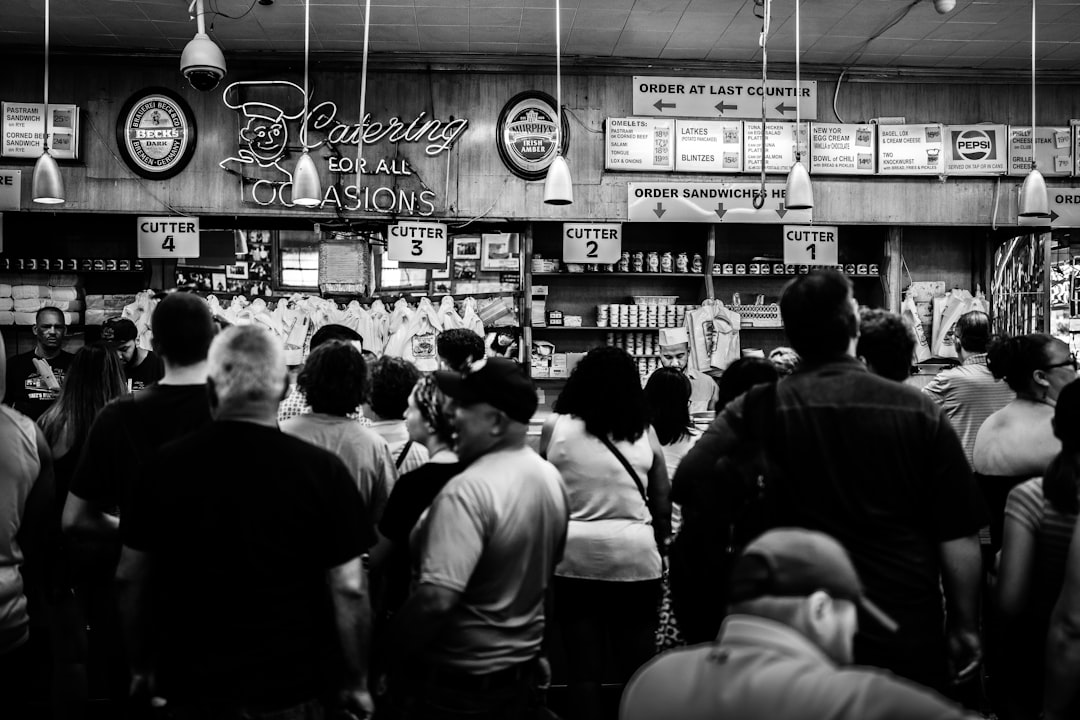
A data-driven approach to Google Ads allows delicatessens to consistently attract high-value local customers and outperform generic restaurant campaigns. By focusing on actionable insights from both online and offline interactions, deli owners and marketing teams can design advertising strategies that convert intent into measurable leads. Google Ads insights provides a deeper look at how targeted advertising can drive results in the food industry.
Integrating Google Ads with advanced audience intelligence ensures every dollar spent targets prospects with demonstrated interest in specialty foods. Marketers who leverage unified data can prioritize the most valuable search terms, retarget visitors who abandon demo or menu pages, and follow up with timely offers that match each customer segment.
This structured, insight-driven framework empowers delicatessens to transform Google Ads from a simple traffic tool into an engine for sustained lead generation and brand growth.
Delicatessens operate in a highly localized, specialty-driven market where customer intent and timing are critical to winning new business. Google Ads delivers a direct line to local food lovers and busy professionals, making it possible to capture demand at the exact moment when customers are deciding where to eat or place a catering order.
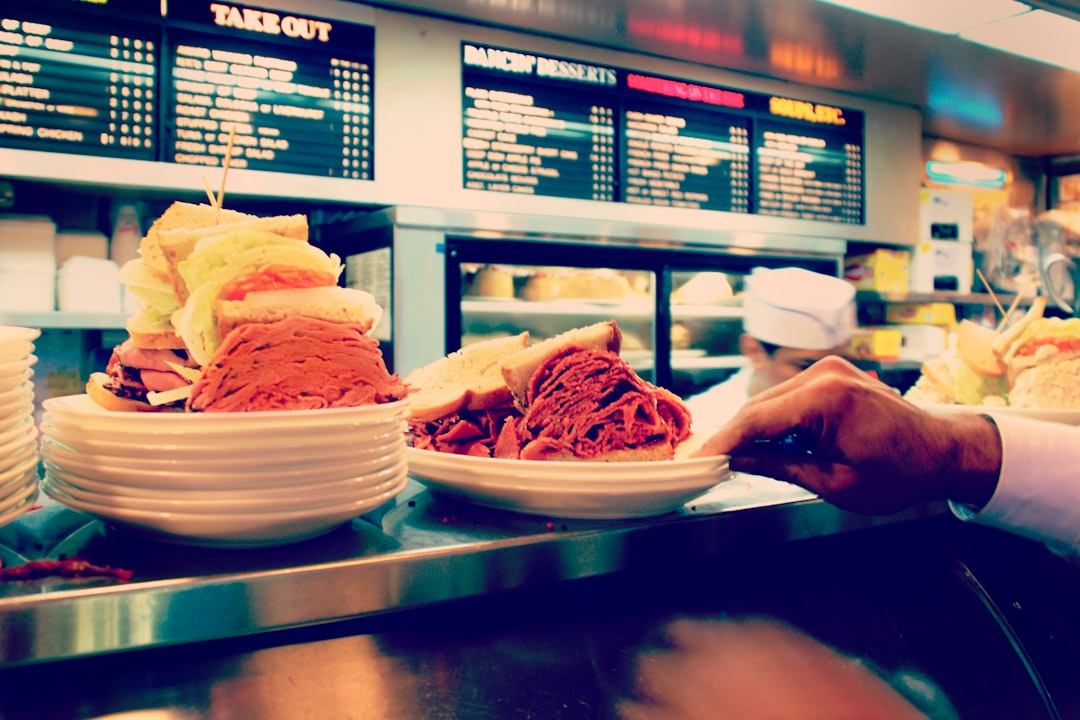
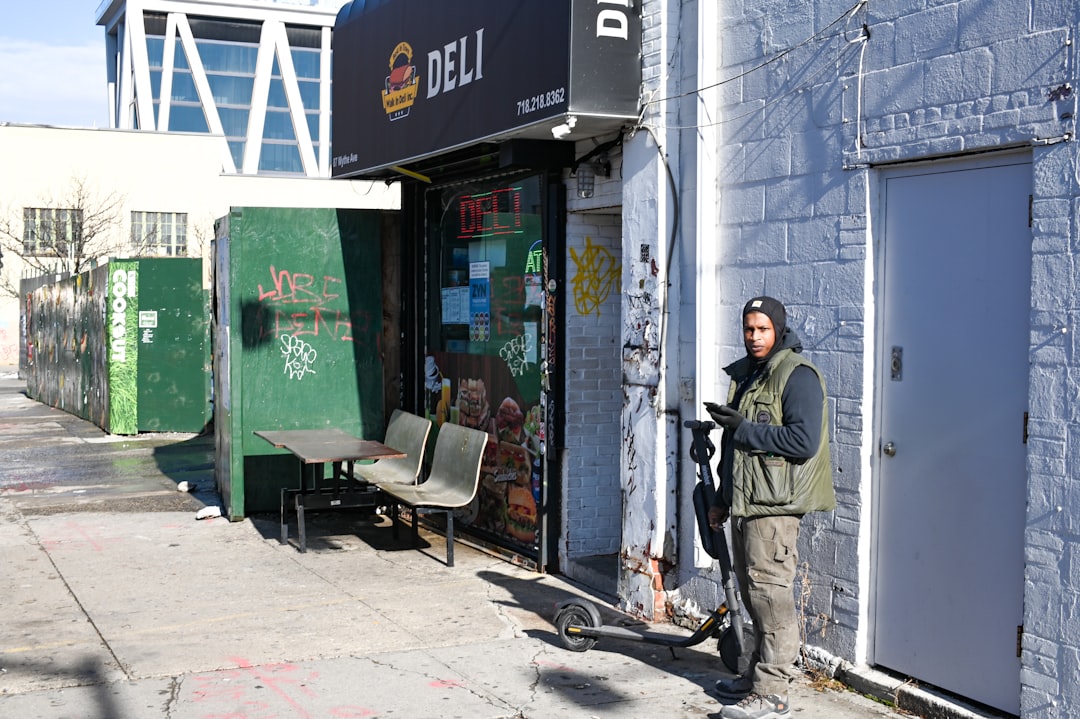
Growth for delicatessens depends on discovering overlooked digital channels and fine-tuning campaign specificity. Reaching new high-value customers requires moving beyond broad targeting to focus on niche interests and emerging intent signals.
Ready to uncover new growth channels for your deli? Get started here and explore tailored solutions.
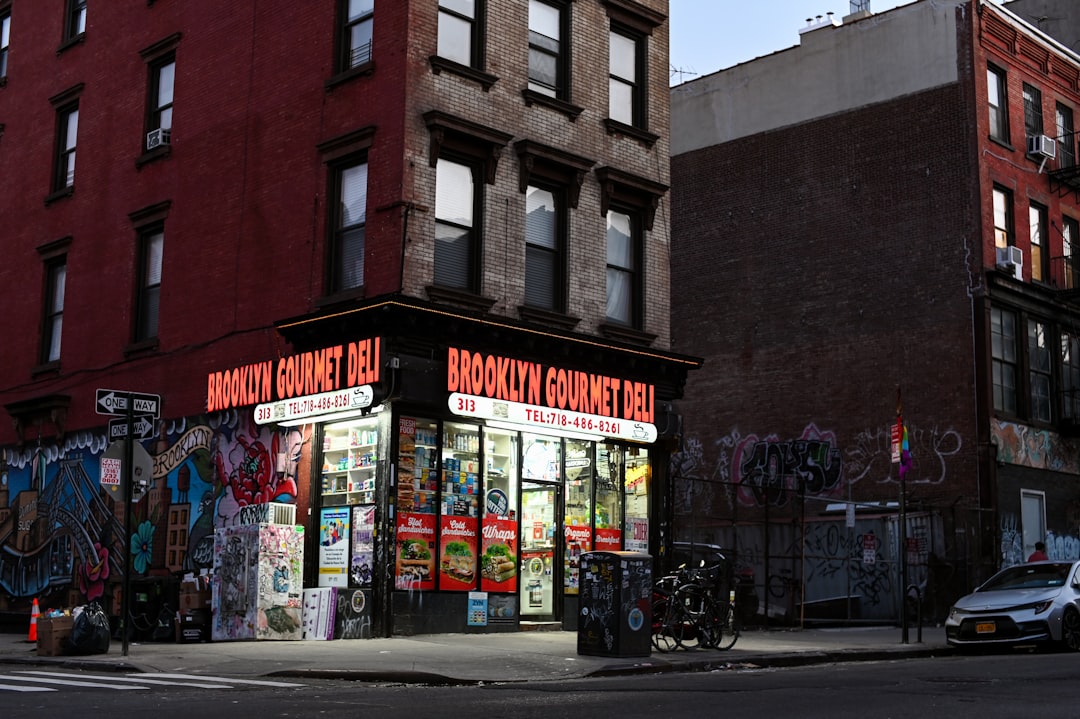
Effective audience segmentation is the foundation of high-ROI advertising strategies for delis. By distinguishing customers based on intent and behavior, delicatessens can deliver precisely targeted offers that drive both lunch traffic and large catering orders.
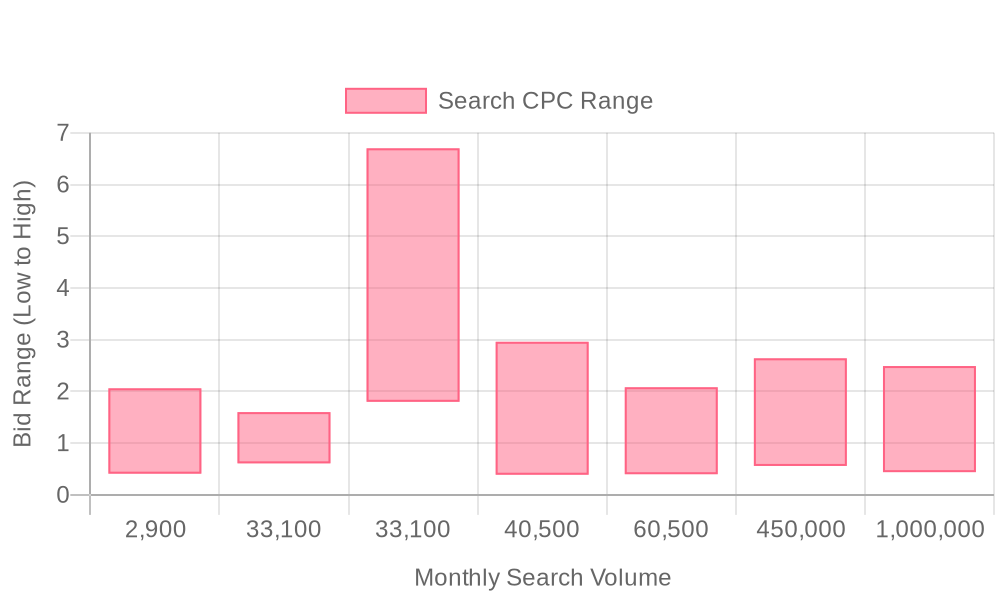
| Industry | Keyword | Monthly Search Volume | Competition Level | Low Bid | High Bid |
| Delicatessens | katz deli delivery | 2900 | HIGH | 0.41 | 2.06 |
| Delicatessens | delicatessens | 33100 | LOW | 0.61 | 1.6 |
| Delicatessens | food deli | 33100 | LOW | 1.8 | 6.7 |
| Delicatessens | new york deli | 40500 | LOW | 0.39 | 2.96 |
| Delicatessens | italian deli near me | 60500 | LOW | 0.4 | 2.08 |
| Delicatessens | katz deli | 450000 | LOW | 0.56 | 2.64 |
| Delicatessens | deli near me | 1000000 | LOW | 0.44 | 2.49 |
Precision keyword strategy fuels high-performing Google Ads for delicatessens, directly impacting campaign effectiveness and ROI. Distinctive terms such as “gourmet deli near me,” “local deli deals,” and “best sandwich shops” tap into commercial intent, attracting customers ready to order or visit.
Integrating firmographic data and behavioral insights into keyword planning advances targeting precision. Tools like Sona identification help marketers attribute clicks to specific companies or segments, moving beyond anonymous traffic for more actionable targeting.
Dynamic audience updates further optimize keyword bidding. As leads move through the funnel—such as initial menu research to requesting a catering quote—audiences and keyword priorities automatically adjust. For more insights on campaign optimization, check out our guide on Google Ads ROI tips.
Finally, syncing keyword-level data with CRM and ad platforms ensures enriched audiences flow seamlessly into Google Ads. Google Ads tips shares industry benchmarks for refining audience targeting and maximizing in-store conversions. This closed-loop system gives revenue teams a clear, actionable view of which keyword strategies drive measurable growth in delicatessen marketing.
Modern delicatessen marketing demands precision and adaptability to connect with high-value local customers. Smart campaign execution ensures every dollar invested in Google Ads for delicatessens is accountable, measurable, and optimized for both online and in-store conversions.
Revenue teams leveraging unified data and intent insights can surpass generic advertising strategies for delis by systematically building, testing, and refining every stage of their campaign. With the right technology, marketers shift from guesswork to a model where engagement, conversion, and offline sales are tracked in real time and budgets are dynamically allocated to what works best.
Success in local advertising for delis starts with comprehensive, intent-driven keyword research. Combine geographic modifiers such as “near me,” city names, and neighborhoods with behavioral signals like “order online,” “catering,” or “lunch specials.” This ensures ads reach customers actively searching for delicatessen offerings at the moment of need.
By integrating CRM and historical purchase data, marketers can identify not just what prospects are searching for, but also which searchers are most likely to convert. Platforms that enable real-time visitor identification empower teams to refine their keyword lists dynamically, capturing high-intent queries and excluding irrelevant traffic, which ultimately improves the efficiency of every Google Ads budget for restaurants. Solutions such as Visitor Identification support this process by matching web visitors to real people and accounts.
Effective Google Ads tips for restaurants emphasize clear, enticing copy that highlights taste, speed, and reliability. For delis, this means focusing on unique menu items, fast service, and same-day catering with clear calls to action like “Order Now for Pickup” or “Reserve Your Platter Today.” Copy should be closely aligned with current promotions and reflect seasonal or event-driven demand.
Using a unified data platform, teams can personalize ad messaging based on segmented audience insights, updating creative in response to shifting market trends or real-time feedback. As audiences move through the funnel, dynamic segments ensure that returning visitors or previous customers see tailored messages—maximizing relevance and conversion rates. Google Ads Guide provides a deeper look at this trend.
Every click from a Google Ads campaign for delicatessens must land visitors on a page that matches their intent. Pages should feature compelling visuals, up-to-date menus, and testimonials that build trust. For best practices for deli ads, integrate CRM-driven personalization: if a visitor is a repeat catering lead, surface past order details or loyalty offers directly on the page.
Seamless integration between ad platforms and CRM systems allows marketers to track who engages on each landing page and automatically trigger personalized follow-ups. This data-driven approach increases the likelihood of converting online interest into in-store or catering sales by aligning content with user history and behavior.
Optimizing Google Ads ROI for restaurants requires connecting campaign data with actual sales outcomes. Incorporate offline conversion tracking to attribute in-store purchases, phone orders, and event bookings back to specific ad interactions. This closes the loop between digital spend and real-world revenue.
With advanced attribution and real-time audience syncing, revenue teams continuously update their targeting as leads progress through the funnel. Budgets are shifted automatically toward campaigns, keywords, or audiences with the highest conversion and retention rates. For more insights on measuring and improving return on ad spend, we've covered this in detail in our guide on Google Ads ROAS. This granular view ensures every advertising dollar supports measurable growth, enabling rapid scaling of campaigns that drive both foot traffic and lifetime value.
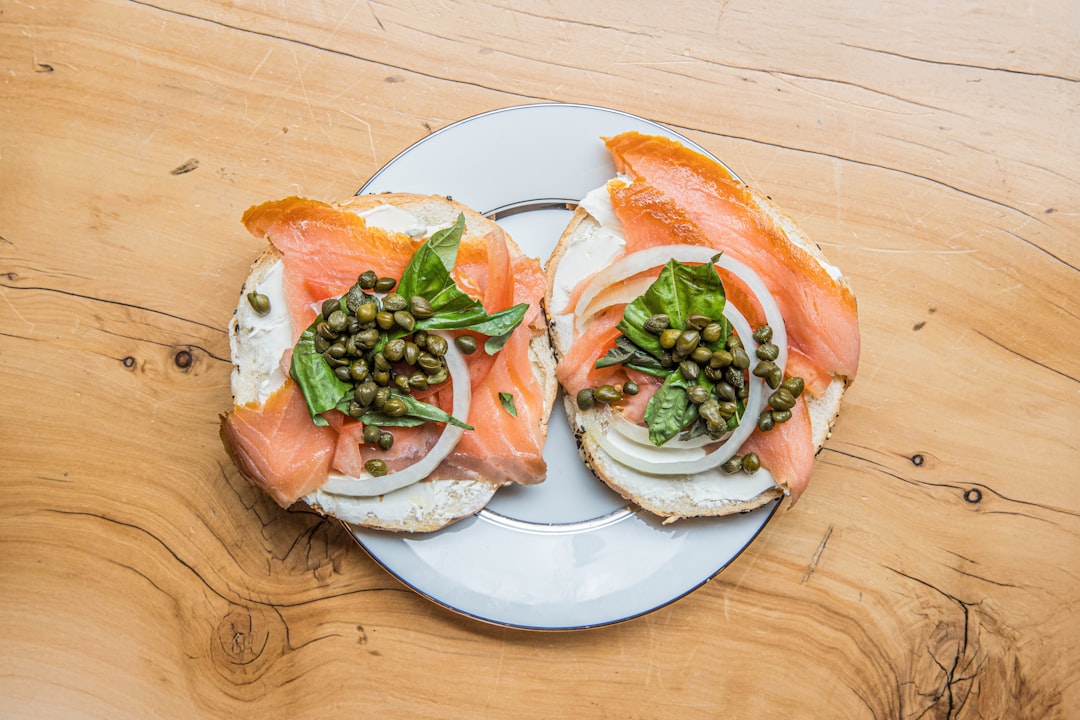
Delicatessens can differentiate themselves online by providing genuinely helpful digital experiences and content. Implementing strategies rooted in customer data and journey analytics produces stronger audience engagement and supports measurable revenue outcomes.
Delicatessens that unify audience analytics, CRM intelligence, and digital content strategy not only increase their online footprint but also unlock more precise targeting, higher conversion rates, and greater long-term loyalty. For hands-on guidance building your data-driven strategy, start with Sona Labs.
Running targeted Google Ads for your delicatessen doesn’t have to feel overwhelming—it’s about smart strategy, not just spending.
By now, you’ve seen how hyper-local targeting, compelling ad copy, and data-driven optimizations can turn casual browsers into loyal customers. Whether it’s highlighting your artisanal sandwiches or promoting daily specials, the right approach ensures your deli stands out in a crowded market.
Imagine effortlessly filling your shop with hungry patrons, boosting revenue, and building a brand that locals rave about. With these tactics, that vision is well within reach—all it takes is action.
Ready to see the difference? Start a free trial to experience Sona's platform and its capabilities.
The best strategies include using data-driven insights to target high-value local customers, leveraging comprehensive paid search strategies, optimizing keyword discovery for local results, aligning ad creative with landing pages, and integrating offline attribution for performance optimization.
The budget for Google Ads should be based on realistic expectations of local market demand, targeted keyword costs, and the value of conversions. It's important to continuously optimize and measure ROI to ensure the budget aligns with business growth objectives.
Yes, Google Ads is effective for increasing deli sales by targeting local food lovers and busy professionals at the right moment through niche audience targeting and robust conversion tracking.
Keywords should include geographic modifiers and long-tail keywords, such as 'gourmet deli near me', 'local deli deals', and 'best sandwich shops', to attract high-intent local search traffic.
Success can be measured through detailed analytics that track conversions from digital clicks to in-person store visits, and by using advanced attribution tools to connect website engagement to offline sales.
Join results-focused teams combining Sona Platform automation with advanced Google Ads strategies to scale lead generation

Connect your existing CRM

Free Account Enrichment

No setup fees
No commitment required

Free consultation

Get a custom Google Ads roadmap for your business
Join results-focused teams combining Sona Platform automation with advanced Meta Ads strategies to scale lead generation

Connect your existing CRM

Free Account Enrichment

No setup fees
No commitment required

Free consultation

Get a custom Google Ads roadmap for your business
Join results-focused teams combining Sona Platform automation with advanced LinkedIn Ads strategies to scale lead generation

Connect your existing CRM

Free Account Enrichment

No setup fees
No commitment required

Free consultation

Get a custom Google Ads roadmap for your business
Join results-focused teams using Sona Platform automation to activate unified sales and marketing data, maximize ROI on marketing investments, and drive measurable growth

Connect your existing CRM

Free Account Enrichment

No setup fees
No commitment required

Free consultation

Get a custom Google Ads roadmap for your business
Over 500+ auto detailing businesses trust our platform to grow their revenue
Join results-focused teams using Sona Platform automation to activate unified sales and marketing data, maximize ROI on marketing investments, and drive measurable growth

Connect your existing CRM

Free Account Enrichment

No setup fees
No commitment required

Free consultation

Get a custom Google Ads roadmap for your business
Over 500+ auto detailing businesses trust our platform to grow their revenue
Join results-focused teams using Sona Platform automation to activate unified sales and marketing data, maximize ROI on marketing investments, and drive measurable growth

Connect your existing CRM

Free Account Enrichment

No setup fees
No commitment required

Free consultation

Get a custom Google Ads roadmap for your business
Over 500+ auto detailing businesses trust our platform to grow their revenue
Our team of experts can implement your Google Ads campaigns, then show you how Sona helps you manage exceptional campaign performance and sales.
Schedule your FREE 15-minute strategy sessionOur team of experts can implement your Meta Ads campaigns, then show you how Sona helps you manage exceptional campaign performance and sales.
Schedule your FREE 15-minute strategy sessionOur team of experts can implement your LinkedIn Ads campaigns, then show you how Sona helps you manage exceptional campaign performance and sales.
Schedule your FREE 15-minute strategy sessionOur team of experts can help improve your demand generation strategy, and can show you how advanced attribution and data activation can help you realize more opportunities and improve sales performance.
Schedule your FREE 30-minute strategy sessionOur team of experts can help improve your demand generation strategy, and can show you how advanced attribution and data activation can help you realize more opportunities and improve sales performance.
Schedule your FREE 30-minute strategy sessionOur team of experts can help improve your demand generation strategy, and can show you how advanced attribution and data activation can help you realize more opportunities and improve sales performance.
Schedule your FREE 30-minute strategy sessionOur team of experts can help improve your demand generation strategy, and can show you how advanced attribution and data activation can help you realize more opportunities and improve sales performance.
Schedule your FREE 30-minute strategy session





Launch campaigns that generate qualified leads in 30 days or less.
